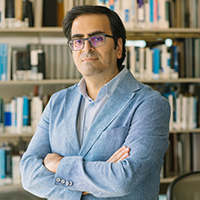Environmental Science and Engineering
Harnessing the power of microbes for water reuse
Technologies that use the metabolic properties of microbial communities to treat wastewater and generate energy will transform water reuse.
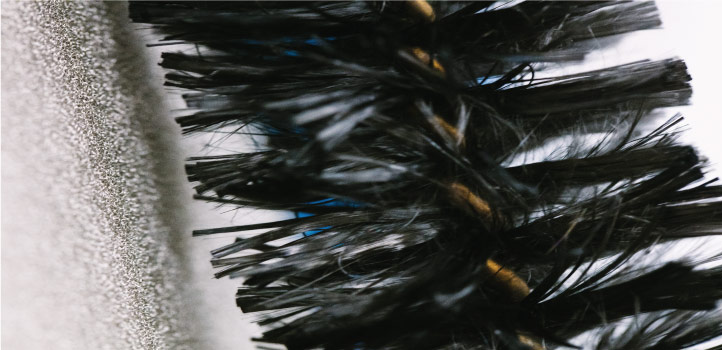
KAUST researchers are developing new water reuse technologies to produce usable water, generate energy or retrieve nutrients and materials. © 2021 KAUST; Anastasia Serin. /en/article/943/harnessing-the-power-of-microbes-for-water-reuse
KAUST researchers are developing new water reuse technologies to produce usable water, generate energy or retrieve nutrients and materials. © 2021 KAUST; Anastasia Serin. /en/article/943/harnessing-the-power-of-microbes-for-water-reuse
“Microorganisms are among the most diverse and prolific organisms on the planet, and many of them can remove pollutants from waste and generate fuels and chemicals as part of their natural metabolism,” says Pascal Saikaly, an environmental engineer at KAUST. “I’m determined to harness the power of microbes to serve society.”
Urban wastewater is a valuable resource when it is processed to produce usable water, generate energy or retrieve nutrients and materials. Water reuse technologies are a key research area at KAUST, and Saikaly and his team are spearheading novel technologies that use microbes to treat used water in bioreactors while also generating energy and useful products.
Saudi Arabia largely uses conventional wastewater treatment processes that are designed solely to treat waste. However, not all of these processes can generate treated water that is suitable for nonpotable reuse. Moreover, these treatment plants use vast amounts of energy at great expense. Saudi Arabia aims to expand water reuse from the current 25 percent to 70 percent by 2030 as part of their Vision 2030 “waste to resource” policy. Currently, 40 percent of Saudi households are not connected to the centralized wastewater network. Also, the Kingdom’s population is growing, adding pressure to existing infrastructure.
“We need viable alternatives for wastewater treatment and reuse that are decentralized, meaning they should both treat wastewater and provide water for reuse on site,” says Saikaly. “These technologies must be low cost, low carbon, scalable and, ideally, energy neutral, which means they generate enough energy to power themselves1.”

Pascal Saikaly is an associate professor in KAUST’s Water Desalination and Reuse Center.
© 2021 KAUST; Anastasia Serin
Saikaly’s team are pioneering technologies based on microbial electrolysis cells (MECs). MECs use microbes’ ability to decompose organic matter in wastewater to generate an electric current. In a microbial electrochemical system, with an MEC at its core, the microbial community live on the anode electrode. They gather electrons from organic waste as they oxidize and transfer them to the anode — a process known as extracellular electron transfer2. These electrons then flow to the cathode where they are used to create hydrogen.
“Certain microbes do not require oxygen to treat wastewater, and these can be used as the basis for an energy-neutral system,” says Saikaly. “To produce clean water for nonpotable reuse, we needed to incorporate a specialized membrane filter. This led us to collaborate with membrane expert Suzana Nunes and her team to develop an advanced porous membrane material that can also act as a cathode to harness energy from hydrogen. The hydrogen can then be used as a fuel.”
Their membrane design, rather than being flat, is constructed from polymeric hollow fibers3. This provides a high surface area-to-volume ratio, which is important for scaling up the technology. The membrane is coated with a very thin layer of an inorganic catalyst to facilitate hydrogen generation. The researchers now have a functional pilot-scale anaerobic bioreactor being tested under realistic conditions.
The researchers have demonstrated that these same technological concepts can be used to capture and utilize carbon dioxide (CO2)4,5. Communities of microbes that naturally consume CO2 are placed at the cathode side of the system, where they “eat” electrons or hydrogen to convert CO2 into either methane or acetate, depending on which microbial communities are used. “This technique requires further optimization, but it is a very exciting prospect in the context of a circular carbon economy,” says Saikaly.
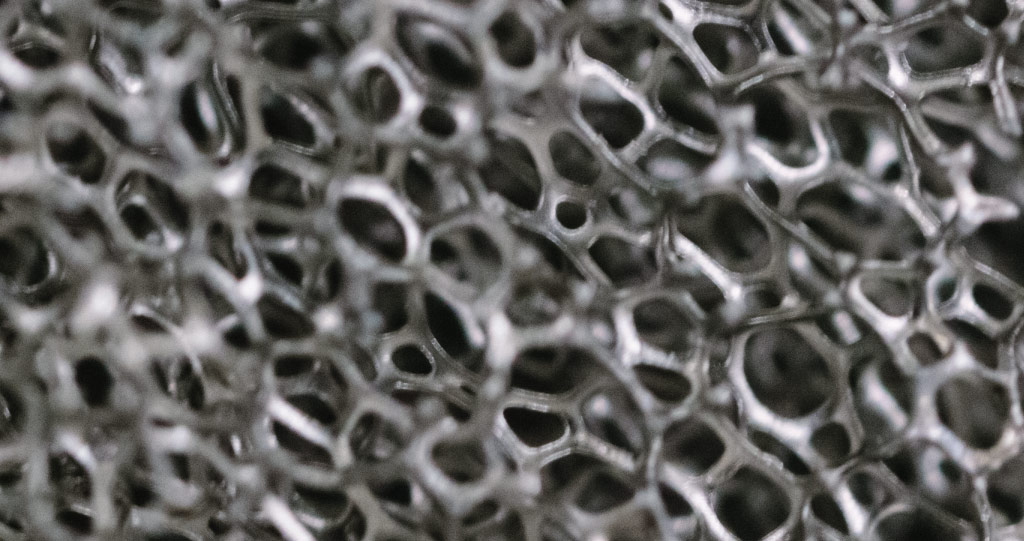
The team constructed polymeric hollow fibers coated with a very thin layer of an inorganic catalyst to facilitate hydrogen generation.
© 2021 KAUST; Anastasia Serin
Another technology, which Saikaly notes will probably reach the market quicker, is a microbial-based aerobic granular sludge (AGS)6. While this system does require oxygen, it is far more energy efficient and more compact than traditional wastewater processing. Existing treatment plants use different microbial populations in separate tanks to remove individual pollutants (carbon, nitrogen and phosphorus) from wastewater. In AGS, the microbes form large aggregated communities that settle fast, and each of these aggregates forms stratified layers with process-critical microorganisms growing in different layers. Therefore, the sludge can be placed in just one tank, and the wastewater passes through with each microbial community removing a different pollutant.
“We’ve received a grant for combining AGS with a gravity-driven membrane filter, allowing us to build a decentralized compact pilot plant with significantly lower energy requirements than existing plants,” says Saikaly. “We hope to expand this technology to the commercial level within the next two years.”
“We’re also exploring other microbes and their niche applications. For example, we have identified organisms that can anaerobically remove ammonium from wastewater while generating electricity,” Saikaly continues. “It takes time to optimize biological processes like these — after all, we have to understand process-critical microorganisms and learn how to nurture them and keep them happy while they work for us.”
References
- Katuri, K.P., Ali, M. & Saikaly, P.E. The role of microbial electrolysis cell in urban wastewater treatment: integration options, challenges and prospects. Current Opinion in Biotechnology 57, 101-110 (2019).| article
- Logan, B.E., Rossi, R., Ragab, A. & Saikaly, P.E. Electroactive microorganisms in bioelectrical systems. Nature Reviews: Microbiology 17, 307–319 (2019).| article
- Katuri, K., Bettahalli., N.M.S., Wang, X., Matar, G., Chisca, S., Nunes, S.P. & Saikaly, P.E. A microfiltration polymer-based hollow fiber cathode as a promising advanced material for simultaneous recovery of energy and water. Advanced Materials 28, 9504-9511 (2016).| article
- Alqahtani, M.F., Katuri, K.P., Bajracharya, S., Yu, Y., Lai, Z. & Saikaly, P.E. Porous hollow fiber nickel electrodes for effective supply and reduction of carbon dioxide to methane through microbial electrosynthesis. Advanced Functional Materials 28, 1804860 (2018).| article
- Bian, B., Alqahtani, M.F., Katuri, K.P., Liu, D., Bajracharya, S., Lai, Z., Rabaey, K. & Saikaly, P.E. Porous nickel hollow fiber cathodes coated with CNTs for efficient microbial electrosynthesis of acetate from CO2 using Sporomusa ovata. Journal of Materials Chemistry A 6, 17201-17211 (2018).| article
- Ali, M., Wang, Z., Salam, K.W., Hari, H.R., Pronk, M., van Loosdrecht, M.C.M. & Saikaly, P.E. Importance of species sorting and immigration on the bacterial assembly of different-sized aggregates in a full-scale aerobic granular sludge plant. Environmental Science and Technology 53, 8291-8301 (2019).| article
You might also like
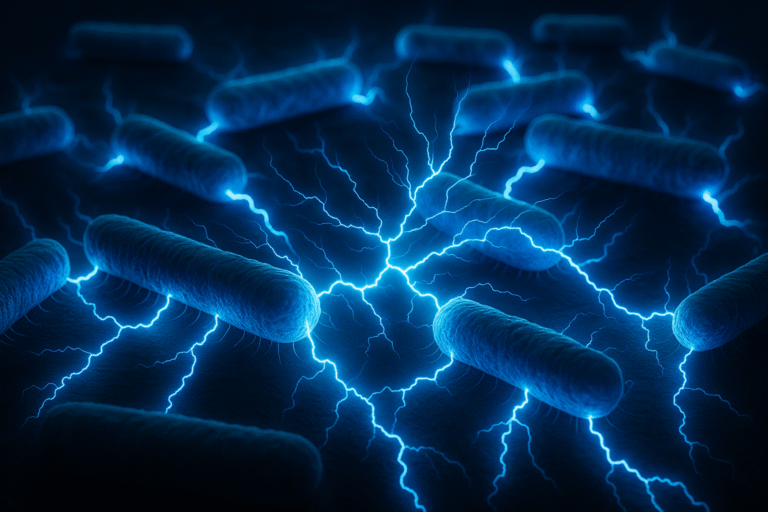
Environmental Science and Engineering
Bacteria reveal hidden powers of electricity transfer
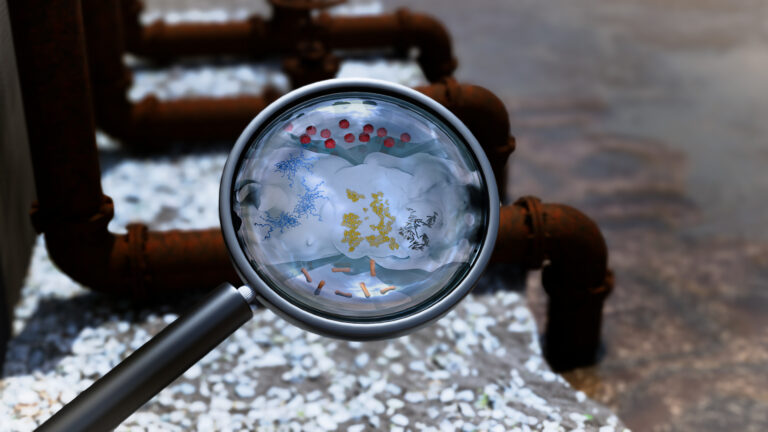
Environmental Science and Engineering
Wastewater surveillance tracks spread of antibiotic resistance

Bioscience
Super fungi survive extreme Mars-like environments

Environmental Science and Engineering
Rethinking food systems to restore degraded lands
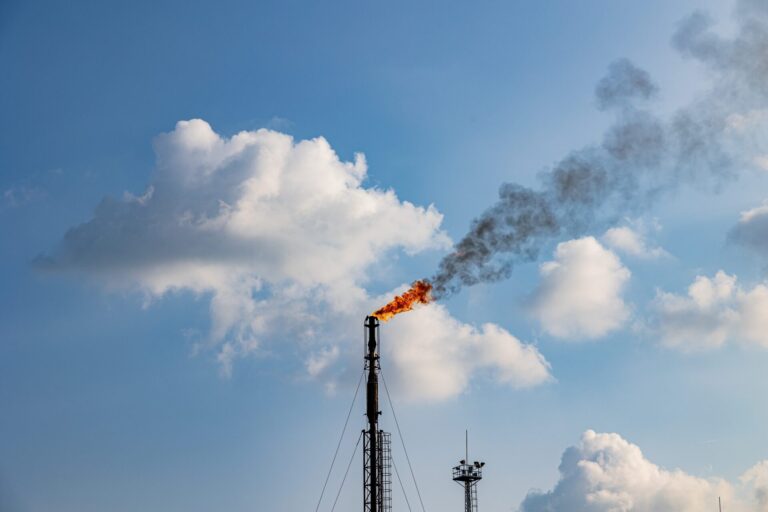
Environmental Science and Engineering
Combat climate change by eliminating easy targets
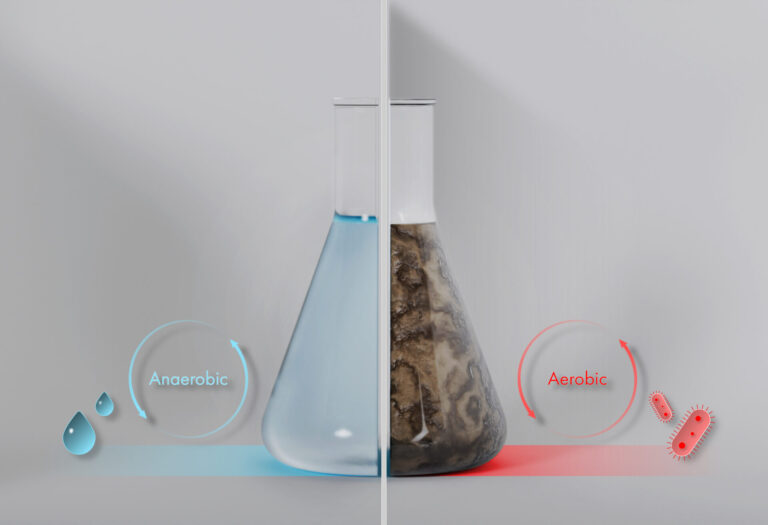
Environmental Science and Engineering
Wastewater treatment to fight the spread of antibiotic resistance

Bioscience
Digging into the world of plant-growth-promoting microbes

Bioscience




